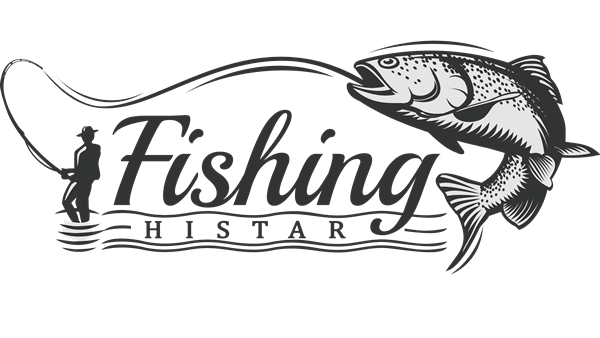Today we will showcase a variety of fishing lures, providing new anglers with a fresh perspective.
Minnow
A Minnow is a lure that mimics the appearance of small fish. Its signature feature is the "tongue" at the front and bottom, resembling a duck's beak, which controls its movement in the water. A longer tongue allows the bait to dive deeper. Depending on the Minnow's characteristics in the water, it can be divided into three categories:
- Floating
- Suspend
- Sinking
Floating Minnows rise slowly without any manipulation and then dive into the water when the line is collected. In contrast, submerged Minnows sink slowly when not operated. Suspended Minnows remain in a fixed water layer.
Manipulating a Minnow lure is easy; in addition to reeling uniformly, one can use techniques such as fast and slow reeling, drawing and stopping the rod, and swinging to create different movements and increase the lure's effectiveness in attracting fish.
Casting a Minnow has some disadvantages, especially its larger size and increased wind resistance caused by the tongues and accessories. This makes it unsuitable for windy conditions. The material and design make it less versatile than other lures, but it remains an excellent choice for floating water.
Pencil
The Pencil is also a bionic lure that resembles a Minnow in appearance. Its front lacks the protruding tongue and is solid, allowing it to be cast much farther than a Minnow and sink faster. It is suitable for all water layers and is manipulated mainly through uniform reeling or pumping. Some pencil baits have a trembling sinking action, providing an opportunity to attract and attack fish.
VIB
VIB is a trembling swim bait, often shaped like an abstract small metal fish. Unlike other lures, the bait hole is not located in front but instead on top. Common metal VIB lures offer multiple holes to stay in different water layers and change swimming positions.
VIB is unique in their handling experience, with strong resistance and chatter during reeling and more intense reactions to the rod. On fast tuning rods, they can make your hands numb.
Jigbait
Jigbait is a metal lure that lacks a tail and has a simple construction and features. Despite this, it remains one of my favorite lures for three reasons:
- Small size, high weight, and low wind resistance make it easy to throw a good distance.
- It sinks quickly and is suitable for all water layers.
- It's cheap and practical, with no difference between a two-piece or ten-piece Jigbait.
The simple structure of Jigbait requires more control for effective fish-catching. Even speed and slow retrieval are best combined with some point, draw, and pause movements to present a floating posture.

WireBait
WireBait, as the name suggests, is bright shiny iron. This metal lure is similar in price and experience to a Jigbait and can be used as an all-purpose lure. However, WireBait is more twisted in shape, so it is much easier to handle and produces flashy swimming movements.
Popper
Popper is a distinctive floating lure with an exaggerated semi-concave shape at the front. Twitching creates splashes and movement to attract the attention of fish. Simple twitching, pausing, and waiting for the fish to attack are all that's needed for control. Pobber floats on the surface, making it ideal for shallow water with complex bottom structures.
Walking
Walking is another floating lure, often called a floating pencil. Unlike the Popper, it lacks the exaggerated semi-concave shape. The bait slides back and forth in a zigzag pattern from side to side on the water surface, producing continuous movement. Its frequency can be faster than the Popper, and the Zigzag does not make as much splash and sound, making it ideal for timid fish.
Frog
Frog bait is a special type of lure used only when fishing for very aggressive fish. The bait is shaped like a frog and simulates its jumping action on the water and grass, luring fish to attack.
Soft Baits
Soft Baits are an intricate niche with plastic, rubber, and resin materials. There are many types, such as Grub, Twintails, Worms, Craws, Lizards, Panfish, Centipede, Shad, etc., and they require accessories such as lead-head hooks, crank hooks, and bullet leads. This type of lure requires more hooking than other lures but offers the advantage of realistic swimming positions.
Conclusion
Different lures are only suitable for certain fish due to their characteristics. Soft Baits are more suitable for active fish in structured areas of the water, while Jigbaits have the advantage of distance when handling Alligator gar and Pikes cruising in open water. Experiment with different lures and break the rules to find your unique fun.








